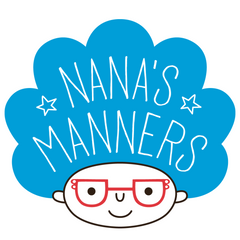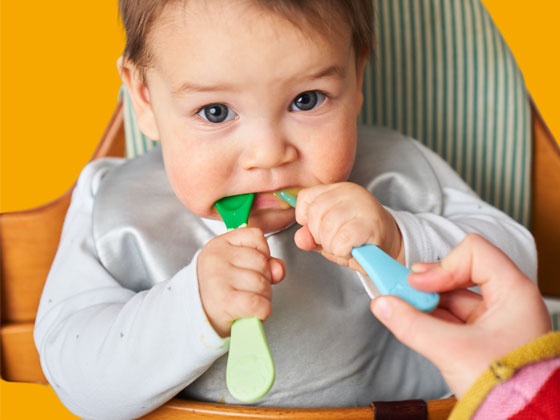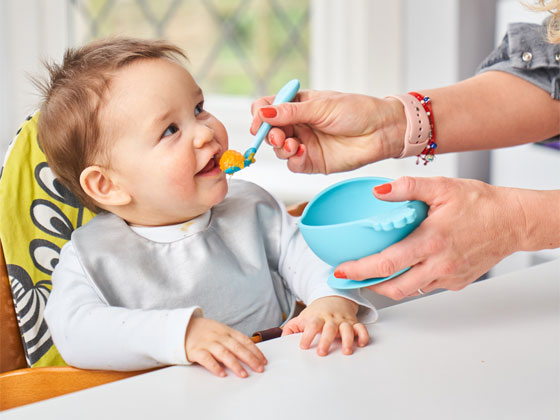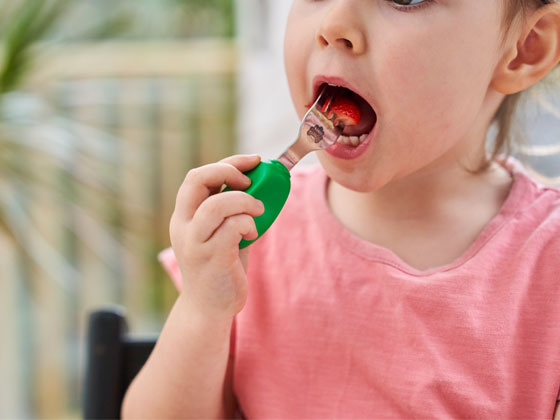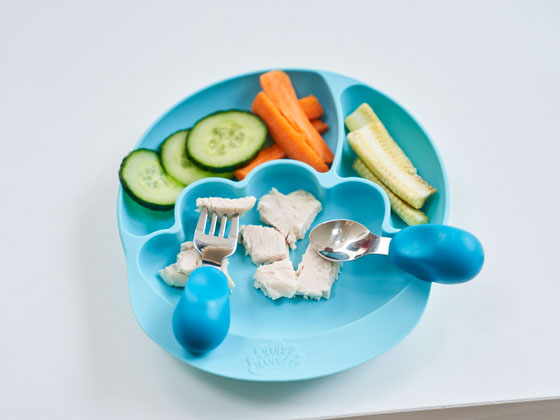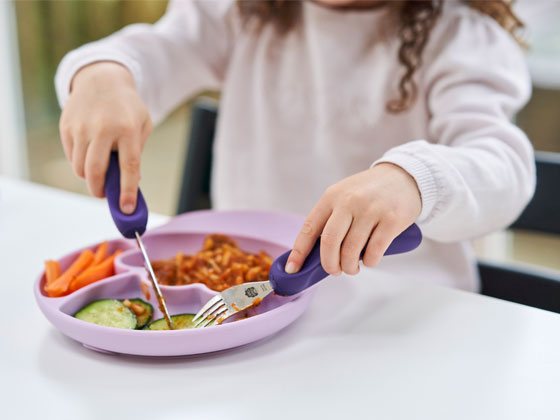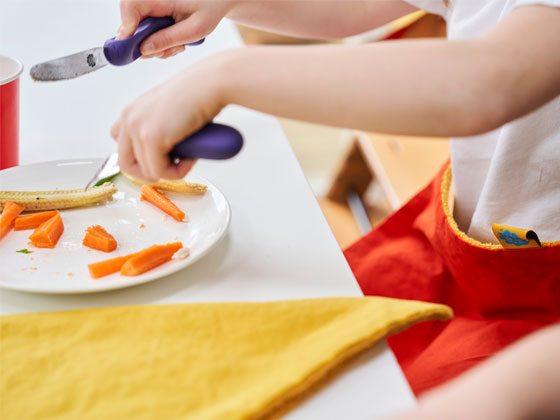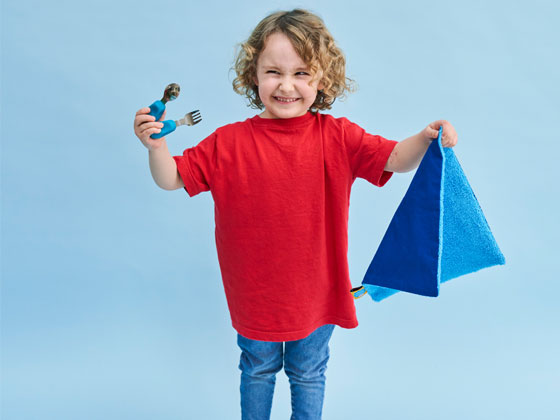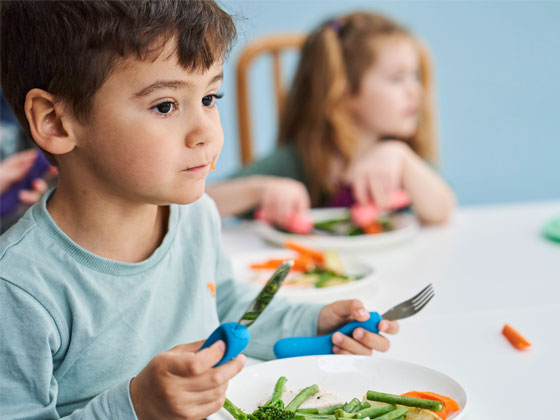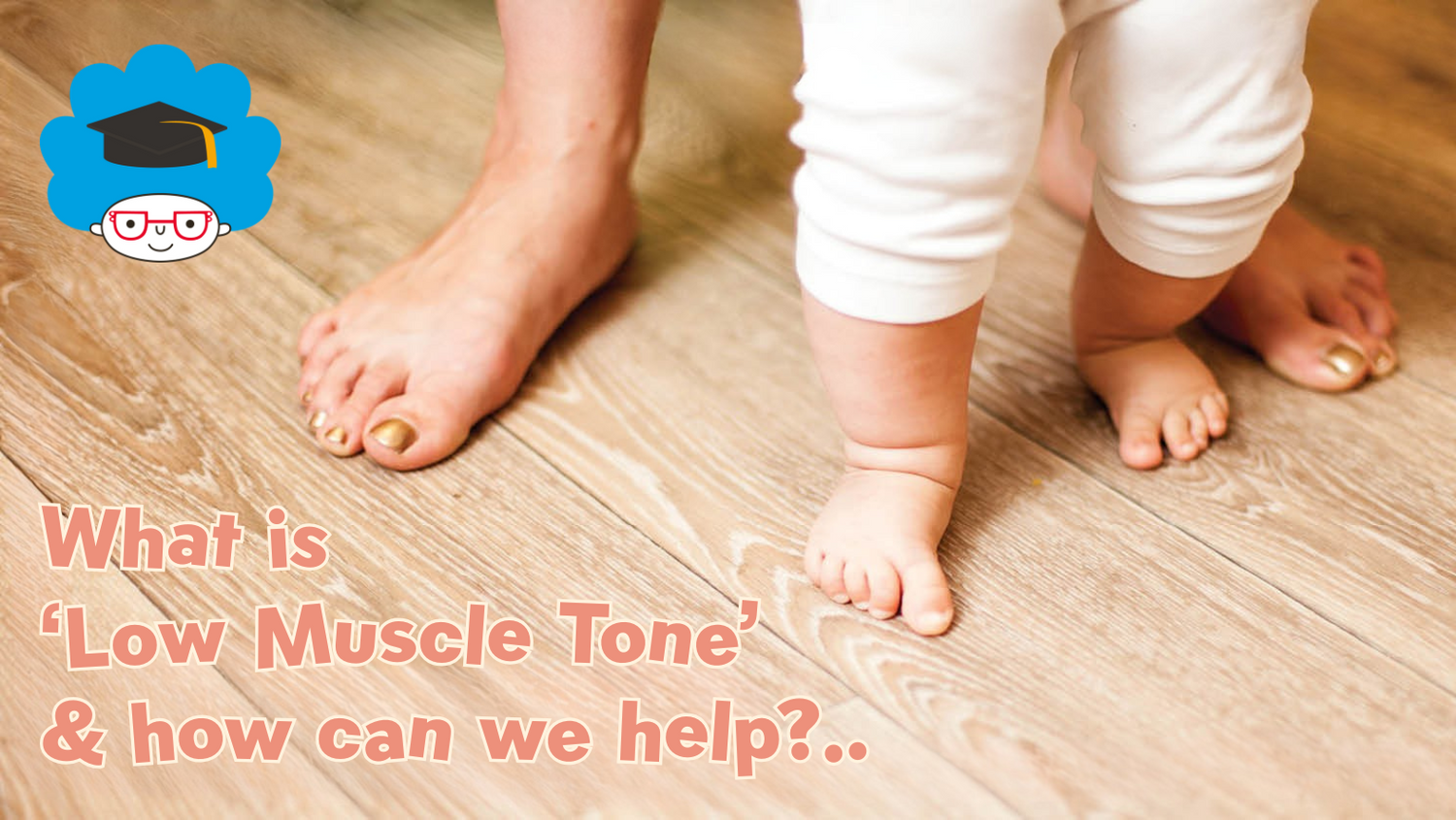Understanding Low Muscle Tone in Young Children
If you’ve recently heard the phase ‘low muscle tone’ or ‘hypotonia’ in relation to your child, you may be overwhelmed and struggling to think clearly. Any issues relating to our children hit deep, but information is power and with a little help and extra patience, you will watch your little one thrive and develop.
If you’ve noticed that your child significantly struggles to hold onto objects, seems floppy, or tires easily, these could be signs of low muscle tone, also known as hypotonia. Your health visitor or GP should be your first port of call. While hypotonia not a disease itself, it can impact a child’s ability to perform everyday tasks, like eating, dressing, and playing.
What is ‘Low Muscle Tone’?
Muscle tone refers to the amount of tension in muscles when they are at rest. Children with low muscle tone have muscles that feel soft or floppy and may need extra effort to control their movements. This can make tasks requiring strength and coordination more challenging.

Common Signs and Symptoms
- Difficulty sitting upright for long periods
- Poor posture and slouched shoulders
- Weak grip strength
- Delayed motor skills, such as crawling or walking
- Trouble holding and using small objects like crayons or cutlery
How It Affects Daily Activities
Low muscle tone can make simple activities, like holding a spoon or using scissors, more difficult. This can lead to frustration for both the child and their parents. Fortunately, with regular practice and the right approach, muscle strength and co-ordination can improve over time.
Causes and Diagnosis of Low Muscle Tone
Possible Causes of Low Muscle Tone
Hypotonia can be caused by various factors, including:
- Premature birth
- Genetic conditions (such as Down syndrome)
- Neurological disorders
- Lack of muscle use (which could be for various reasons)
How Doctors Diagnose Hypotonia
Doctors typically diagnose low muscle tone through physical examination, medical history, and sometimes neurological tests. If you suspect your child has hypotonia, consult your GP and they can refer you to a paediatrician or occupational therapist to help provide clarity and guidance.
The Importance of Early Intervention
Like most things, the earlier a child receives support, the better the outcome. Strength-building exercises, therapy, and daily activities can all contribute to improved muscle tone.
The Impact of Low Muscle Tone on Everyday Skills
Challenges with Fine Motor Skills
Fine motor skills, like grasping objects or buttoning a shirt, require muscle strength and coordination. Children with hypotonia often struggle with these tasks, making everyday activities more difficult for them to master independently.
Difficulties in Coordination and Posture
Poor muscle tone can affect a child's ability to sit upright, balance properly, or even walk steadily - all referred to as 'Gross Motor skills'. These challenges can impact their confidence and ability to participate in physical activities, so they’ll need support to access these important activities.
The Effect on Eating and Self-Care Skills
Using cutlery, drinking from a cup, and even chewing food properly require muscle control. Low muscle tone can make these tasks more challenging, leading to messy mealtimes, slower eating habits and negative associations with mealtimes.

Strengthening Muscle Tone Through Everyday Activities
Importance of Engaging in Physical Activities
Regular movement helps build strength and coordination. Activities like crawling, climbing, and playing outside all contribute to muscle development.
Simple Exercises to Improve Muscle Tone
- Tummy time (for younger children)
- Obstacle courses to build core strength
- Gripping and squeezing exercises using stress balls or play dough / putty
How Daily Tasks Contribute to Muscle Strength
Even routine activities like carrying bags, brushing teeth, using cutlery or putting on shoes can help develop muscle tone when done consistently.
The Role of Cutlery in Muscle Development
How Using Children's Cutlery Strengthens Hand Muscles
Using a fork, knife, and spoon requires fine motor coordination and hand strength. Every time a child grips a utensil, they’re working their muscles in a natural and practical way. An ergonomically designed set, like all Nana’s Manners cutlery, support muscle strengthening whilst their grip develops.
Improving Coordination Through Mealtime Practice
Scooping food, stabbing with a fork, and cutting with a knife require precise movements. Regular practice can significantly improve a child’s dexterity and control as well as build their confidence and self-belief.
Encouraging Independence in Young Children
Teaching a child to use cutlery not only strengthens their hands but also boosts their confidence and independence during mealtimes – this is the reason we founded Nana’s Manners!
Choosing the Right Cutlery for Kids with Low Muscle Tone
Features to Look For in Child-Friendly Cutlery
- Soft, non-slip handles for better grip
- Lightweight utensils that are easy to hold
- Shorter handles offer more control for younger children
- Ergonomic design to support grip development
Specialised Utensils for Extra Support
It is unrealistic to expect any child to instinctively know how to use standard, straight adult cutlery, let alone expect a child with low muscle tone to get on with a basic set. Nana’s Manners adaptive utensils, with ergonomic designs help make eating easier and mealtimes a positive experience. The confidence built using children’s cutlery will enable older children to transition to regular cutlery smoothly and confidently as they grow up.
How to Encourage Your Child to Use Cutlery
Making Mealtimes Fun and Engaging
Turning meals into an enjoyable experience encourages all children to practice using their utensils. This is even more important for children with low muscle tone, as they need to enjoy the experience to help overcome additional challenges they face.

Using Games and Playful Techniques
- Pretend play (e.g., ‘feeding’ a teddy bear, using play dough ‘food’ to cut up)
- Reward charts for progress
- Cutting soft foods into fun shapes
Positive Reinforcement and Patience
Praise your child’s efforts rather than focusing on perfection. Small wins lead to big improvements over time.
When to Seek Extra Professional Help
Signs That Your Child May Need Extra Support
- Ongoing difficulty holding utensils
- Struggles with self-care tasks like dressing
- Frequent hand fatigue or discomfort
The Role of Occupational Therapy
Occupational therapists are great - they can provide exercises and techniques tailored to your child’s needs. They are also familiar with many resources that will support your child’s development.
Remember...
Low muscle tone can make everyday tasks challenging, but with patience and the right activities, children can develop stronger muscles and better co-ordination. Practicing with children’s cutlery is a simple yet effective way to improve fine motor skills, encourage independence, and build confidence. Keep mealtimes fun and engaging, and celebrate every small achievement!
FAQs
1. Can low muscle tone be improved in children?
Yes! With regular exercises, therapy, and daily activities like using supportive children’s cutlery, muscle tone can improve over time.
2. What are some other ways to help with fine motor development?
Activities like colouring, building with blocks, and playing with clay can all strengthen hand muscles. (link)
3. When should I be concerned about my child’s muscle tone?
If your child struggles with basic tasks like holding objects, sitting upright, or using utensils, consult your GP who can refer you to an Occupational Therapist.
4. How long does it take to see improvements with cutlery use?
Every child is different, but with regular practice and supportive utensils, noticeable improvements can be seen within a few weeks.
5. What are the best foods to help my child practice with cutlery?
Soft foods like mashed potatoes, pasta, and bananas are great for beginners, while firmer foods like chicken nuggets help build strength once they have mastered their grip technique.

